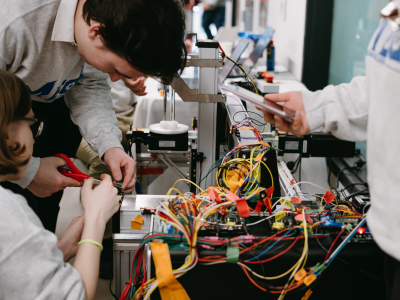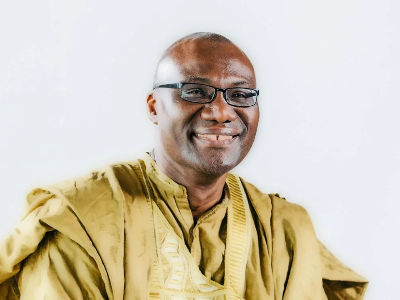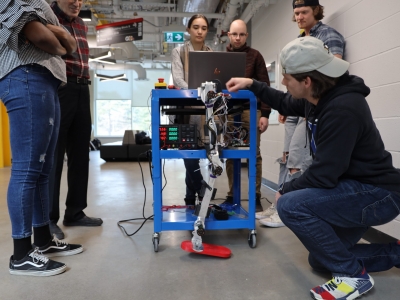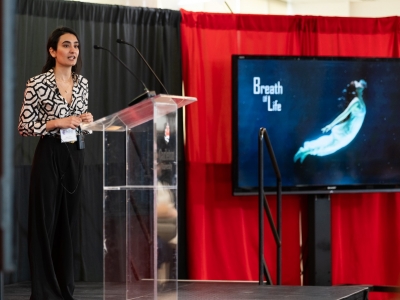By Matt Lakatos-Hayward | The Charlatan
A recent paper published by a Carleton PhD candidate has proposed using unmanned aircraft to locate mineral deposits.
Raymond Caron, who is studying biology, earth science, and geophysics, has worked with the department of mechanical and aerospace engineering to develop an unmanned aircraft system (UAS) that can house a sensor used in aeromagnetic surveying.
Aeromagnetic surveys detect the strength of magnetic frequencies in the Earth, Caron said.
“Rocks contain different minerals and metals within them,” he said. “Different metal types interact with magnetic fields in different ways, increasing or decreasing the frequency and strength of the field in different ways. We can pick up these differences and determine which metal can be found in the earth.”
The surveys are done by mining companies to locate different types of minerals, said Caron’s supervisor, Carleton Earth science professor Claire Samson.
She said aeromagnetic surveys are currently conducted by manned aircraft.
One of the main problems with using manned aircrafts is the strict regulations regarding how high the plane must fly above the ground, she said.
“In order to get a good signal from the rocks it is ideal to fly as low as possible to the ground. But with a pilot, it is dangerous, and so they are required to fly at least 150 metres above the ground,” she said.
“If a UAS was used instead, the plane could travel much lower, such as 50 metres above the ground, as there is no one in the aircraft that could get hurt,” she said.
Caron said the project began in 2002 when surveying company Sander Geophysics commissioned Carleton to build the aircraft.
He said the engineering department reached out to graduate students and professors in Earth science to assist them.
Jeremy Laliberte, a mechanical engineering professor, said the project was turned into a fourth-year undergraduate program in which around 200 undergraduate students have contributed to the construction of the UAS.
“It’s an ongoing educational project that helps to train students in the construction of aircraft, which includes everything from the autopilot system and construction materials to the landing gear,” Laliberte said.



